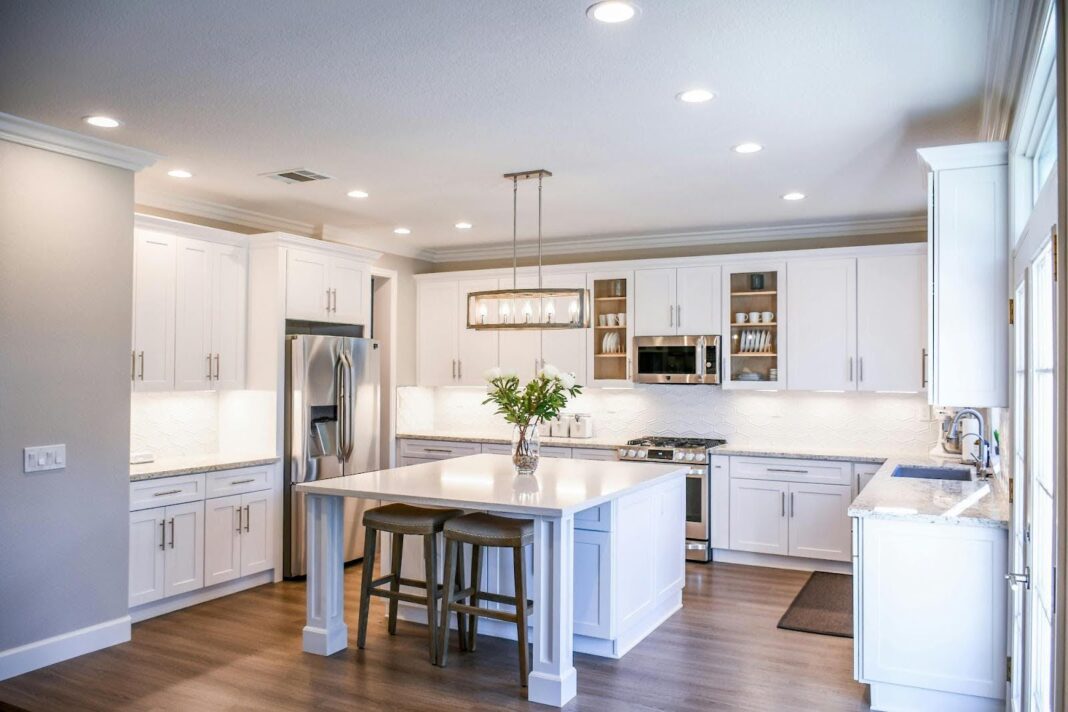The kitchen, long considered the heart of the home, reveals much about human habits and cultural changes. Despite the ever-fleeting trends that come and go, certain design philosophies have persisted for decades, even centuries, in defining what makes a kitchen space functional, inviting, and enduring. By understanding these timeless principles, one can appreciate the magic behind spaces that seem forever comforting, yet perfectly attuned to the needs of their occupants.
Form Meets Function: The Utility-Centric Philosophy
At the core of effective kitchen design lies the union of form and function. Historically, the kitchen has been a space crafted out of need, dictating that every element serves a dual purpose—beauty balanced with utility. This foundational philosophy demands intelligent use of space where the arrangement of cabinets, the choice of materials, and the placement of essential appliances reflect a seamless design.
Incorporating cabinets to suit every pocket allows for diverse options in personalizing a kitchen space. By balancing affordability with style, these choices enable homeowners to create spaces that are both aesthetically pleasing and economically viable.
The familiar “work triangle” exemplifies this school of thought. Positioning the sink, refrigerator, and stove at equidistant points not only maximizes movement efficiency but creates a rhythm in daily kitchen endeavors. As appliances transformed from purely utilitarian to more aesthetically pleasing elements, the balance between form and function has remained intact.
Moreover, the beauty of functionality in kitchen design lies in its ability to evolve while remaining rooted in practicality. Innovations like pull-out pantries, movable kitchen islands, and adjustable shelving adapt to individual needs without compromising on style. These elements, time and again, reinforce the notion that a kitchen’s functionality can be supplemented with contemporary conveniences, without losing its inherent purpose-driven nature.
The Enduring Beauty of Simplicity
Coco Chanel famously stated, “Simplicity is the keynote of all true elegance,” and this applies strongly to kitchen design. Simplicity, stripped of unnecessary adornment, champions the notion that less is more. Minimalist designs focus on clean lines, subdued color palettes, and uncluttered counters, allowing for a space that breathes while seamlessly accommodating the dance of daily life.
Open shelving offers a practical—and aesthetic—means of reducing clutter while keeping cooking essentials within reach. When thoughtful storage complements an overall minimalist design, the kitchen becomes an inviting space defined not by its opulence but by its tranquil serenity.
Perhaps the most enduring aspect of simplicity in kitchens is its universal appeal. Whether it’s a sleek urban kitchen with stainless steel finishes or a quaint cottage kitchen adorned with wooden touches, simplicity speaks a language understood by all. The absence of ornate clutter provides clarity and focus, transforming the mundane act of cooking into an organized, joyful experience.
The Universality of Natural Materials
From rustic farmhouses to urban lofts, kitchens have embraced natural materials not just for their durability but their inherent ability to harmonize with their surroundings. Wood, stone, and metal reflect a timelessness that resonates with humans’ innate connection to nature.
These materials age gracefully. Wooden countertops, with their characteristic grains, develop patinas that tell stories of shared family meals. Marble, with its variegated patterns, offers character, longevity, and an air of sophistication that’s important for traditional, timeless designs.
In an age where sustainability is at the forefront, the use of natural materials often resonates with eco-conscious homeowners. Natural stone floors, reclaimed wood cabinets, and recycled metal fixtures not only improve the aesthetic quality of the kitchen but also underscore the importance of environmental responsibility. This fusion of design and sustainability ensures that kitchens remain vital hubs in preserving tradition and paving the way for greener living.
Adapting the Influences of Global Architecture
Kitchens have far more than functional value; they are spaces where cultural diversity is quietly celebrated. Different architectural influences find their way into even the most modest of culinary spaces. From European elegance with its ornate moldings and cabinets to the airy openness revered in Japanese design, the global tapestry is evident in timeless kitchen arrangements.
This eclecticism assists designers and homeowners in creating spaces reflecting a rich amalgamation of styles that beckon any culinary enthusiast.
Culinary spaces often mirror the broader dynamics of cultural exchanges, leading to design features that are both surprising and delightful. A Tuscan-inspired kitchen might feature hand-painted tiles next to Scandinavian-style cabinetry, showcasing the unique identity of the homeowner. Such personalized incorporation of global elements not only enriches the kitchen’s design but also transforms it into a narrative canvas reflecting history, travel, and personal taste.
Conclusion: The Perennial Appeal
Kitchens embody much more than the meal shared or the dish cooked. They articulate a history, with good design standing as a portrait of human innovation and adaptation. By building these spaces on principles proven to stand the test of time, a harmonious kitchen is crafted—functional, simple, organic, and warmly welcoming. The era may change and trends may rise and fade, yet kitchens will always remain bastions of personal expression and domestic bliss.


